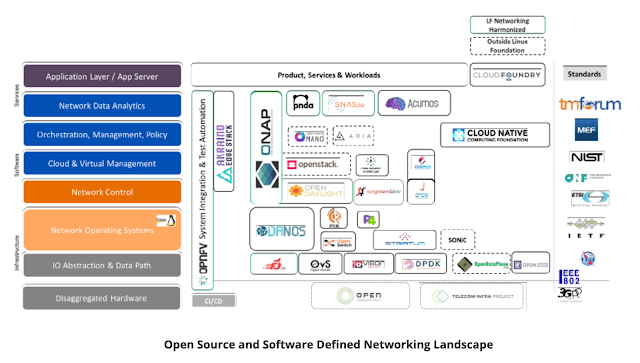Python script for requesting user input repeatedly
Someone recently asked how to write a Python script that took user input into account and took some action based on the validity of the user input. Here are some code snippets that I developed for a few different scenarios: 1) A game is being played and it has just ended. How would you ask the user if they wanted to play again? game_running = True #assuming the game is running play_again = input("Play again? ") #get user input while True: #restart game if answer is "y" or "Y" if play_again == 'y' or play_again == "Y": game_running = True break else: #print thank you message and exit the program print("Thank you for playing!") game_running = False break Here if the user answers either "y" or "Y", they get to play the game again. If they type anything else, they receive a thank you message and the game ends. 2) Create a while loop



